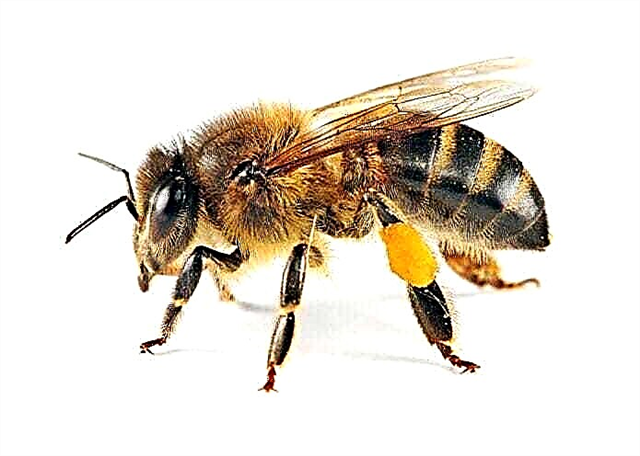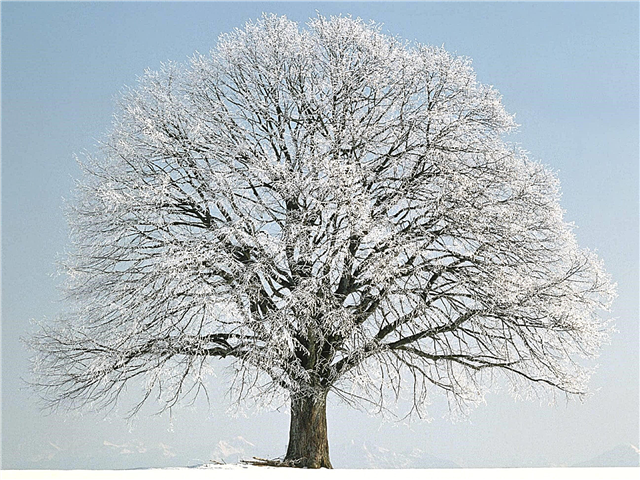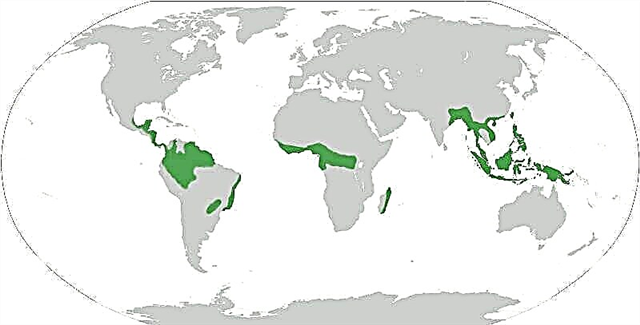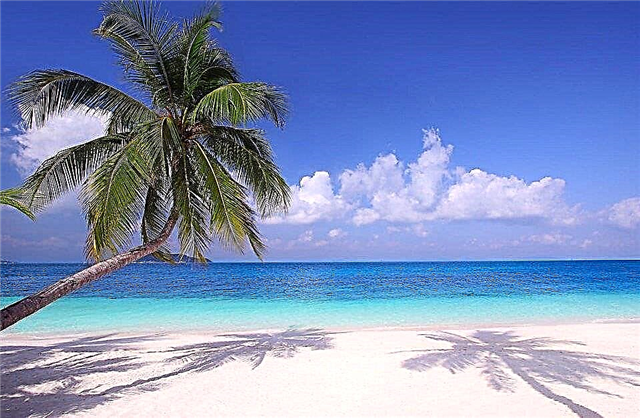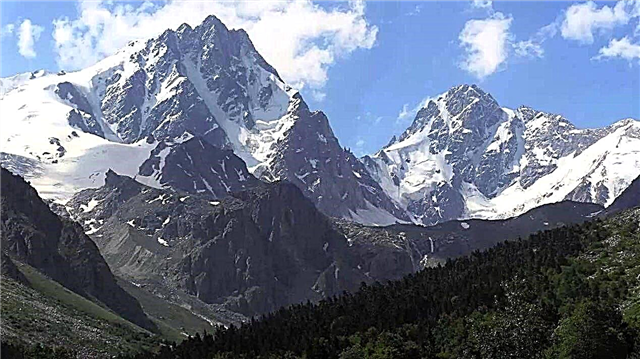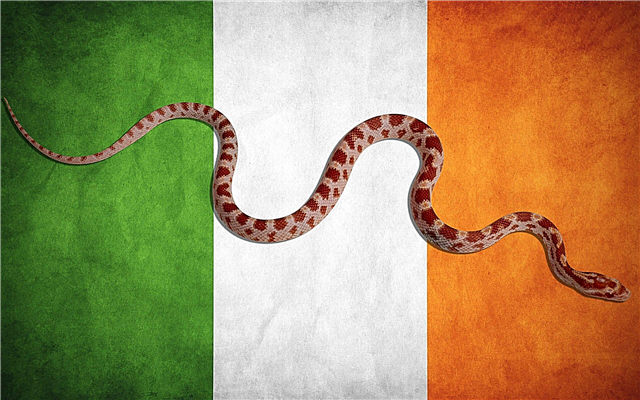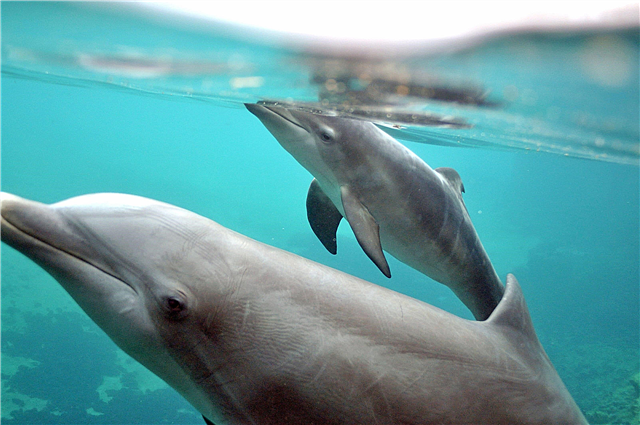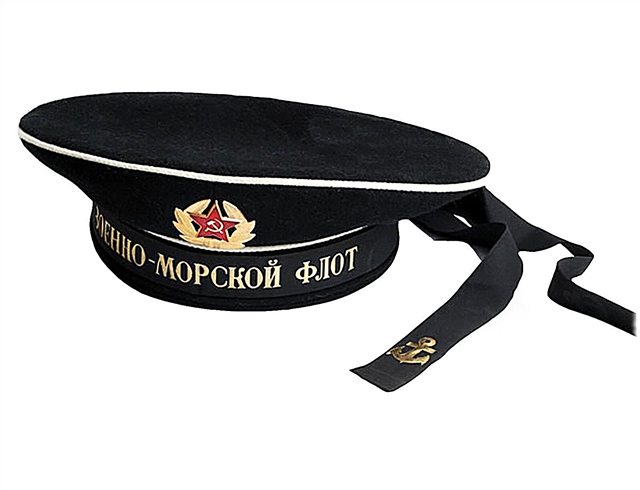
Moscow has many names. However, the history of the appearance is not entirely unambiguous; different interpretations may be allowed here. In any case, it’s worth talking about all this in more detail.
So, let's start with the question of why Moscow is called the See of Thrones.
Why is Moscow the main altar?
Mother See Moscow is called not without reason. Even more than that: there are two reasons to call it that. After all, firstly, in this city is the throne of the Orthodox Church. It is here that the main cathedral is located, where in the past they were crowned reign, and it was here that the inauguration of church patriarchs was held. Of course, we are talking about the Assumption Cathedral. So for the Russian Orthodox Church, Moscow in any situation is the main throne - precisely for the reason that the church throne of the first importance is located here. But that's not all.
Moscow is also the first princely throne. This is especially important given the fact that the capital was transferred to St. Petersburg in the past, although in the future it was returned back. Peter is called the second or Northern capital of Russia, Moscow is historically the first capital city.
An interesting fact: Moscow has a more convenient strategic position compared to St. Petersburg, being in a deeper rear. This is one of the significant reasons for the return of the status of the capital to the city.
How did Moscow become the first capital?
It should be noted that the episcopal epithet has become relevant for Moscow from the distant past. It dates back to the period of feudal fragmentation, and more precisely - to the end of this period of time. For the 13-14 centuries, numerous feuds between the princes were characteristic, during which the formation of the supremacy took place. At that time, there was the Kiev throne, as well as Novgorod and Vladimir. They also had considerable weight and strength.
And even more than that, Moscow at the previous moment was not the throne, the epithet was wholly and completely owned by Kiev. Indeed, immediately after the adoption of Christianity, centralization was precisely in the direction of Kiev.
But by 1389, under Dmitry Donskoy, it was possible to concentrate land and power in favor of the Moscow principality, which took over the title of the throne, that is, the dominant. Around this period, the Kremlin ceased to be wooden - the complex was built in stone. In the future, Moscow managed to strengthen its position - they became indestructible, and remained for many centuries.
Why is Moscow Belokamennaya?
So, having considered the reasons why Moscow is called the Mother See, let's move on to the next epithet. Why is she white-stone? The answer to this question will be even simpler, because there is only one reason. If you look at today's Kremlin, you can see that it is mostly red. But it was not always so. In 1367, under Dmitry Donskoy, the construction of the first stone Kremlin was completed.
Initially, it was wooden, but the tree is subject to decay and burning, the strength of the logs is not the most reliable. Securing the throne for Moscow, the prince had to build a truly serious fortification, impregnable for those times.And he gave the order to build a stone Kremlin - from white stone. This structure was built from dolomite and limestone - during excavations in the territory of modern buildings, the remains of these rocks are found, which were part of the fortress wall in the past.

So Moscow became White Stone. However, these rocks are not very durable, because in the 15th century the Kremlin was rebuilt again, using brick this time. It is in this form that he came to our days.
An interesting fact: Dmitry Donskoy also received a “talking” nickname, which most vividly declares his achievements. He is called the Collector of Russian Lands, just because he stopped the period of fragmentation and was able to centralize power in Moscow.
Thus, Moscow is called the Mother See, because there is a church throne, as well as the main princely, royal, imperial thrones. And the capital is called Belokamennaya - the color of the Kremlin, as it was in the past.


